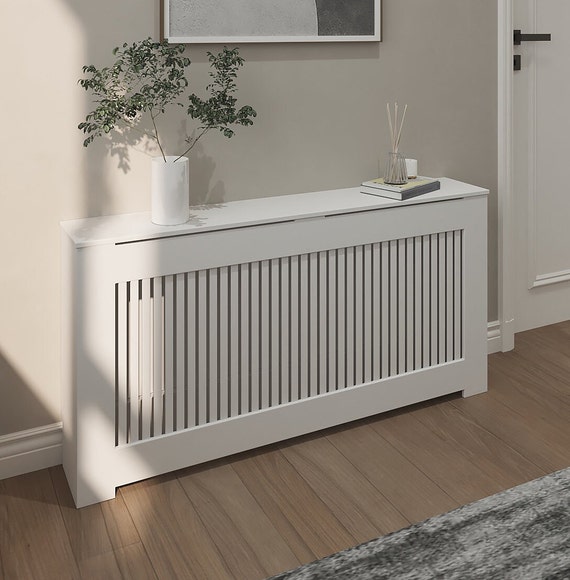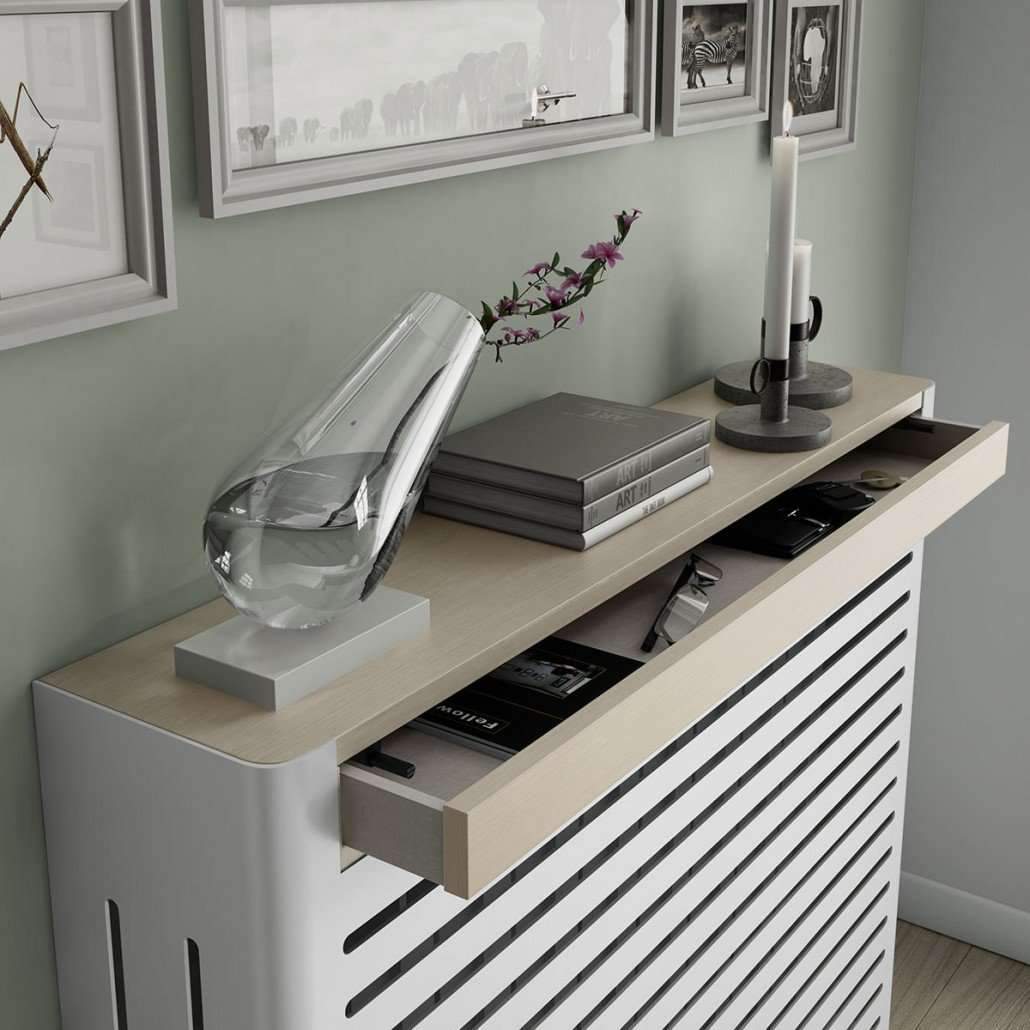Top Advantages of Mounting a Radiator Cover in your house
Top Advantages of Mounting a Radiator Cover in your house
Blog Article
Radiator Covers: Understanding Materials, Styles, and Benefits
Radiator covers serve both practical and aesthetic objectives within a home, offering a range of materials such as mdf, steel, and hardwood to match different design preferences. Picking the best radiator cover entails recognizing the nuances of materials, styles, and their connected advantages.
Sorts Of Materials


Wood covers, typically crafted from woods such as oak or maple, offer a timeless, warm look that enhances conventional insides. Their sturdiness and ability to be discolored or repainted add to their adaptability. Steel covers, generally made from steel or light weight aluminum, are preferred for their robustness and contemporary appearance, often featuring streamlined lines that improve contemporary areas.
MDF, a made wood product, is prominent for its cost-effectiveness and convenience of customization. It can be painted or completed to match existing decoration while offering a smooth surface. Plastic covers, while much less usual, are resistant and lightweight to wetness, making them appropriate for damp settings.
Inevitably, the choice of material for a radiator cover ought to line up with the home owner's design choices, functional requirements, and the particular atmosphere where the cover will be set up. Each product supplies a distinctive personality, making certain that there is an option to suit every taste and setup.
Popular Design Styles
Emphasizing visual allure, preferred design styles for radiator covers reflect a range of tastes and interior decoration trends. Traditional designs typically feature elaborate woodwork and elaborate detailing, making them appropriate for traditional or vintage-inspired insides. These covers normally include sculpted components, giving a warm and welcoming feeling to any kind of space.
On the other hand, modern designs concentrate on minimalist aesthetic appeals, characterized by tidy lines and understated beauty. Products such as metal or smooth wood with a smooth surface are commonly made use of, enabling these covers to mix flawlessly right into modern rooms. Industrial styles, on the various other hand, embrace resources like revealed metal and concrete, adding a vibrant statement to loft space or metropolitan settings.
For those looking for a distinct touch, bespoke layouts use modification choices that accommodate individual choices, enabling house owners to select colors, patterns, and products that complement their decoration. Additionally, farmhouse-style covers integrate rustic components, featuring distressed wood and simple forms that stimulate a comfy, nation beauty.
Benefits of Radiator Covers
Radiator covers not only enhance the visual appeal of a space yet also use numerous practical benefits that make them a rewarding enhancement to any type of home. One of the main benefits is safety, especially in families with family pets or youngsters. Covers lower the risk of burns from hot radiator surfaces, making sure a more secure setting.
Additionally, radiator covers can improve energy effectiveness. By guiding warm right into the area instead than permitting it to escape, they aid keep a consistent temperature, decreasing heating costs in time. This is particularly valuable in older homes where radiator systems may be much less efficient.
Another significant advantage is sound decrease. Radiators can often generate undesirable noises during operation, and covers can help muffle these sounds, adding to an extra calm living space. Furthermore, radiator covers can be functional, supplying extra storage space or screen space, therefore maximizing the energy of often-overlooked areas.
Last but not least, they can shield radiators from dirt and debris, which can prevent efficiency and increase upkeep requirements. With these incorporated advantages, radiator covers become a functional option for enhancing both the capability and design of any home setting.
Setup Considerations
Mounting radiator covers needs mindful factor to consider to ensure both capability and security (Radiator cover). First, analyze the dimensions of your radiator and the surrounding room to guarantee a correct fit. Accurate dimensions are vital; an ill-fitting cover can block warmth flow or develop safety threats
Next, examine the product of the cover. While wood supplies aesthetic appeal, steel options may give better longevity and heat resistance. Think about the weight of the cover as well; much heavier covers might require extra assistance or reinforcements to prevent drooping or damage in time.
Air flow is an additional vital facet. Covers must feature appropriate air movement to avoid overheating and keep efficient heating. Seek layouts with slats or perforations that allow warm to distribute without blockage.
In addition, ensure that the cover is securely mounted to stop mishaps, especially in homes with kids or pet dogs. Radiator cover. It's advisable to follow the try these out producer's setup guidelines carefully and, if needed, get in touch with a specialist for intricate installments
Maintenance and Treatment Tips
Proper upkeep of radiator covers is essential for guaranteeing their longevity and ideal performance. For painted or timber covers, think about a suitable gloss or protective covering to maintain their look.
Examine the covers periodically for indicators of wear or damage, such as cracks or peeling off paint. Attending to these issues without delay can avoid more degeneration. Guarantee that the covers are firmly secured and look for any kind of loose screws or installations, as vibrations from the radiator can loosen them in time.
In cooler months, prevent placing hefty objects or attractive items in addition to the radiator covers, as this can impede warmth distribution and trigger unnecessary tension to the structure. Consider seasonal upkeep by removing the covers for complete cleaning and inspection throughout warmer months when the home heating system is inactive. Taking on these straightforward care ideas will certainly improve the performance and visual appeal of your radiator covers, ensuring they serve their objective efficiently for years to come.

Conclusion
In summary, radiator covers offer as functional and visual improvements to residential rooms. The diverse series of materials, including hardwoods, mdf, steel, and plastic, enables for placement with numerous design styles such as typical, contemporary, industrial, and farmhouse. The benefits of these covers prolong past safety and power efficiency to include extra storage Web Site and dirt security. Mindful factor to consider of installment and maintenance further makes sure the long life and performance of radiator covers in any kind of home environment.
Radiator covers serve both functional and aesthetic objectives within a home, providing an array of materials such as metal, mdf, and wood to suit different design choices. Selecting the ideal radiator cover includes comprehending the nuances of products, layouts, and their associated benefits.Emphasizing aesthetic appeal, prominent design styles for radiator covers mirror a variety of tastes and interior design fads.Radiator covers not only boost the aesthetic appeal of a space yet also provide a number of sensible advantages that make them a rewarding enhancement to any home. Consider the weight of the site link cover as well; heavier covers may require extra support or reinforcements to avoid drooping or damages over time.
Report this page